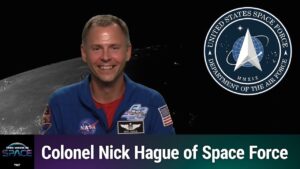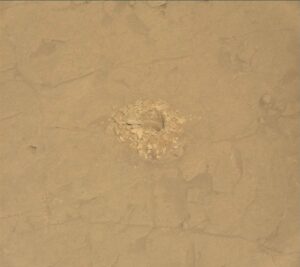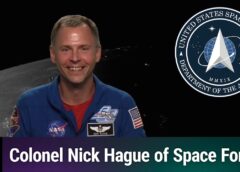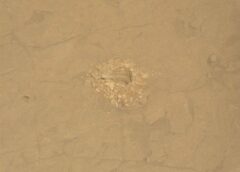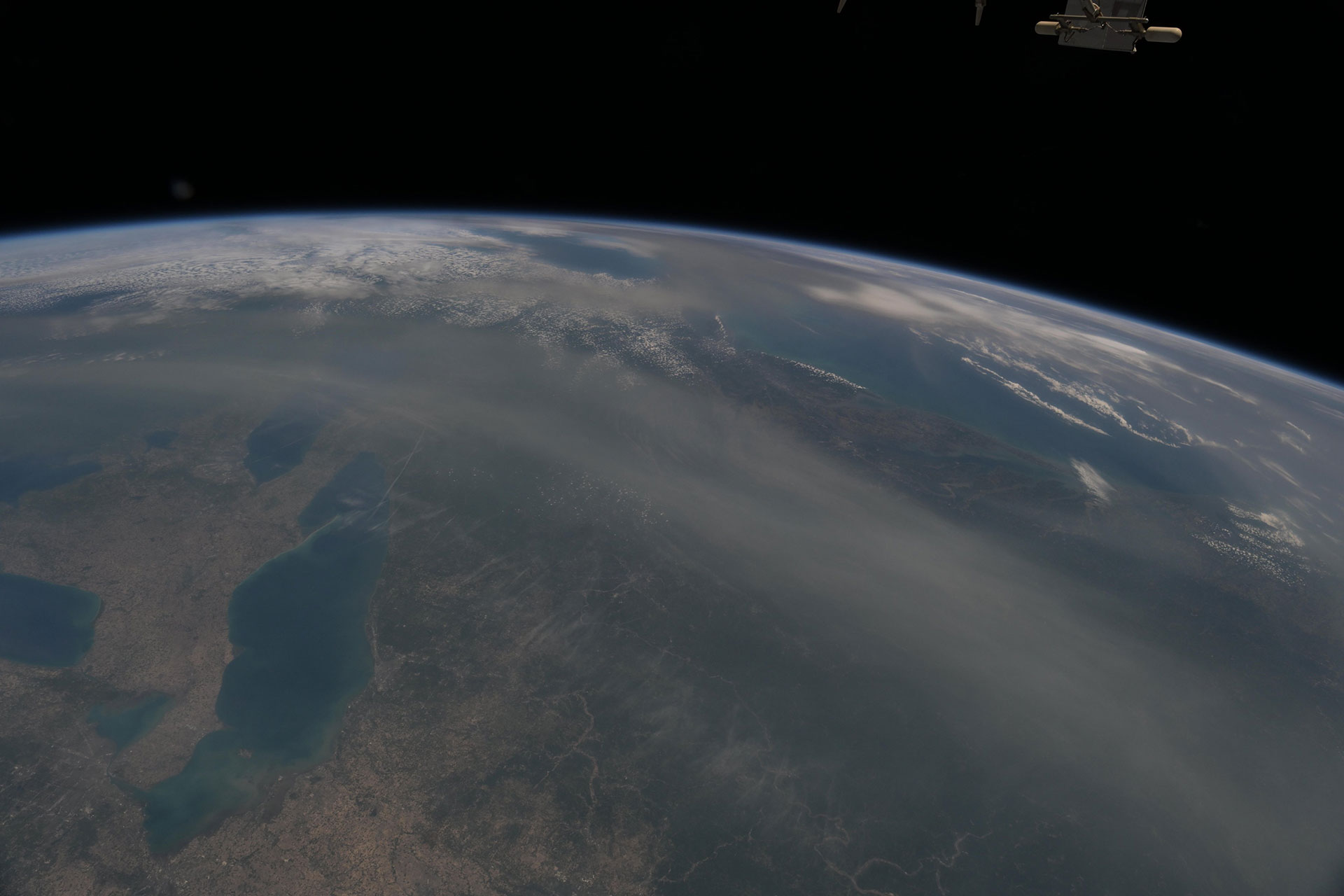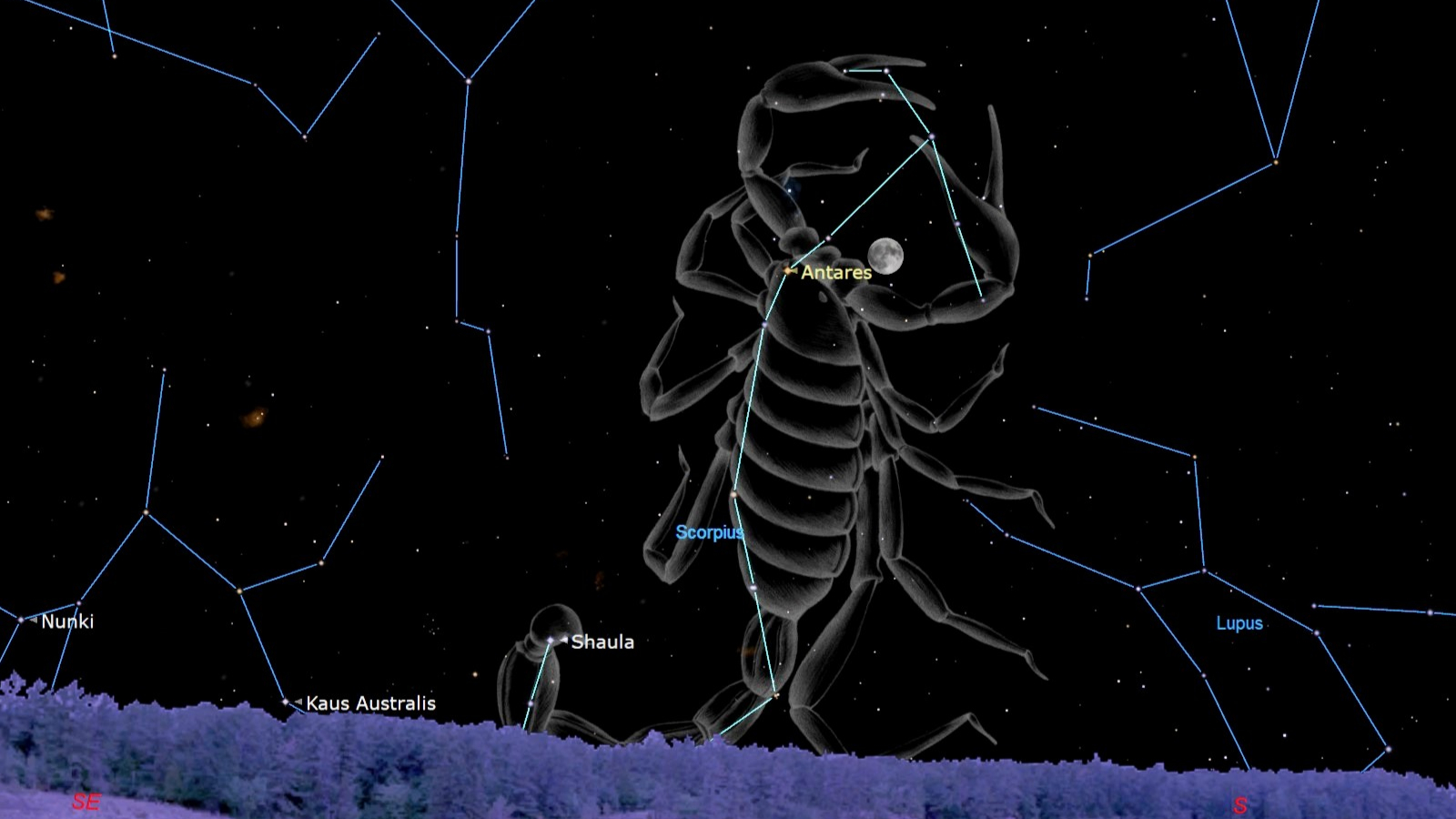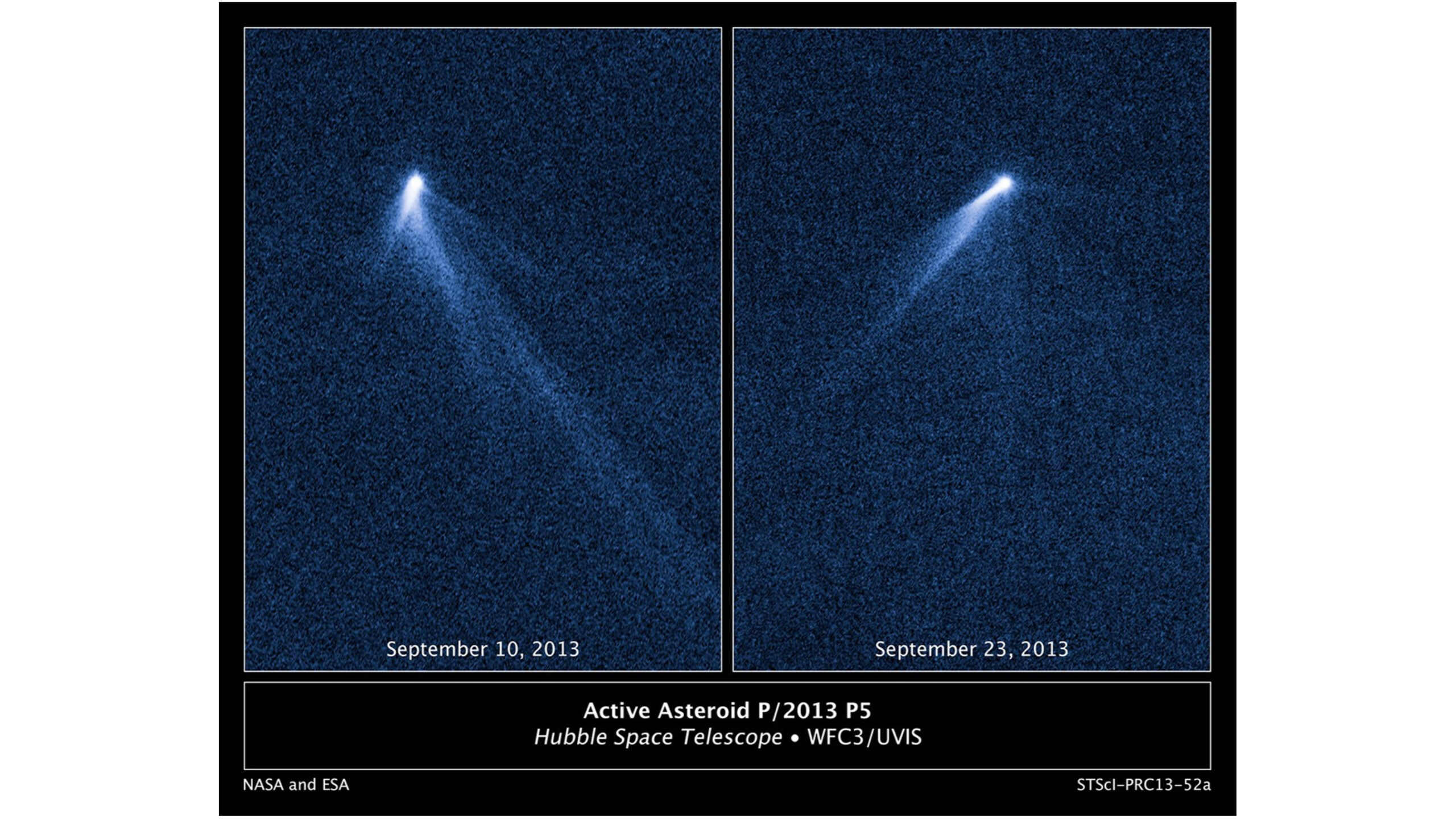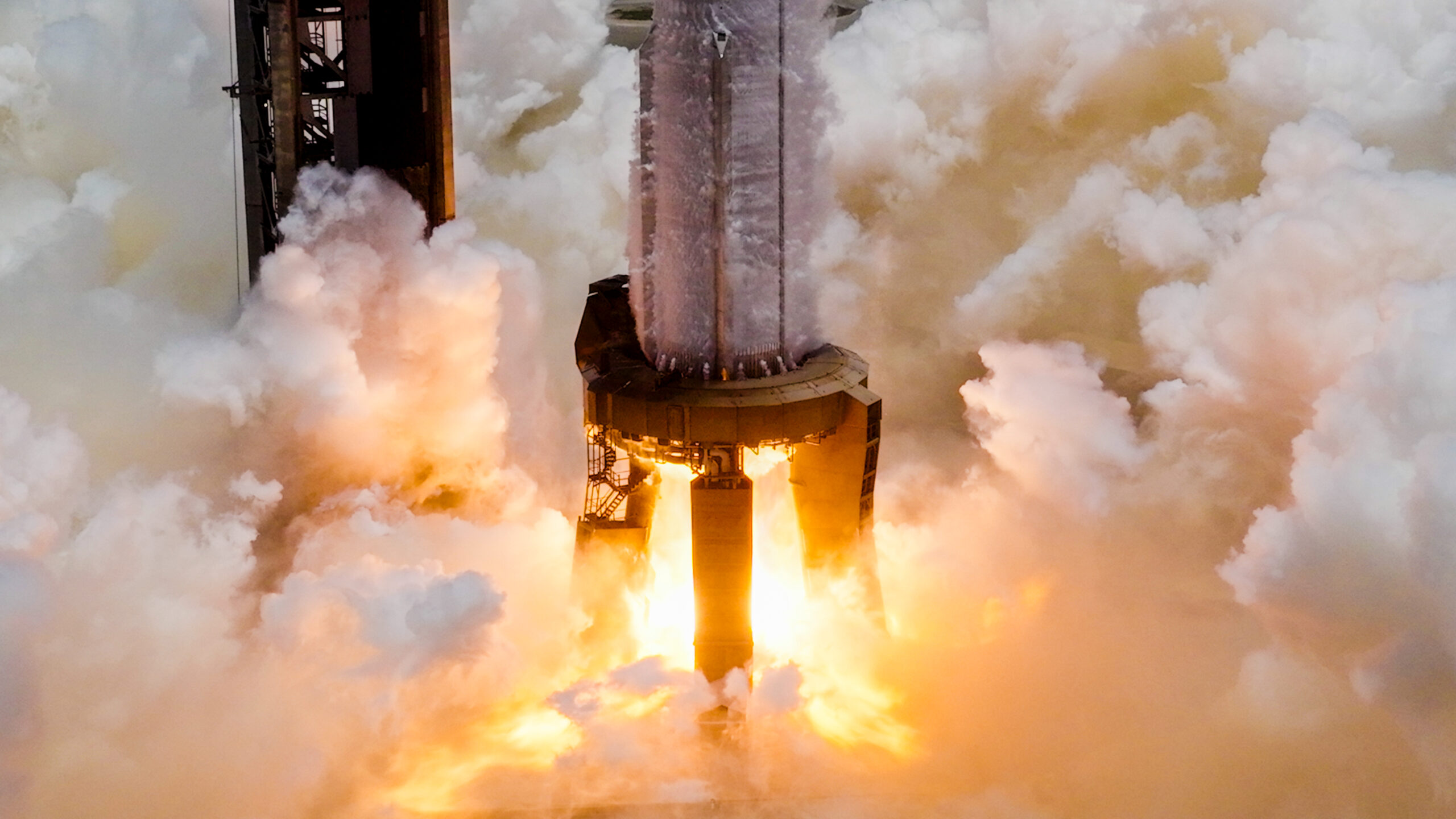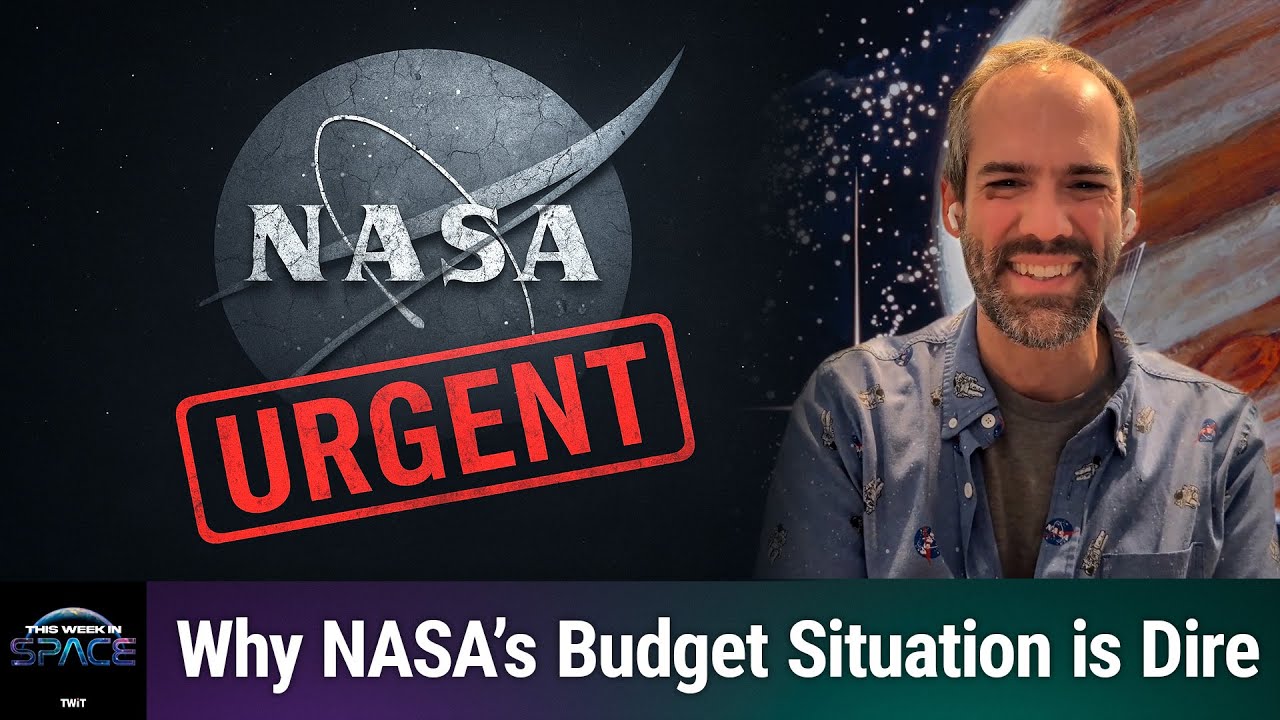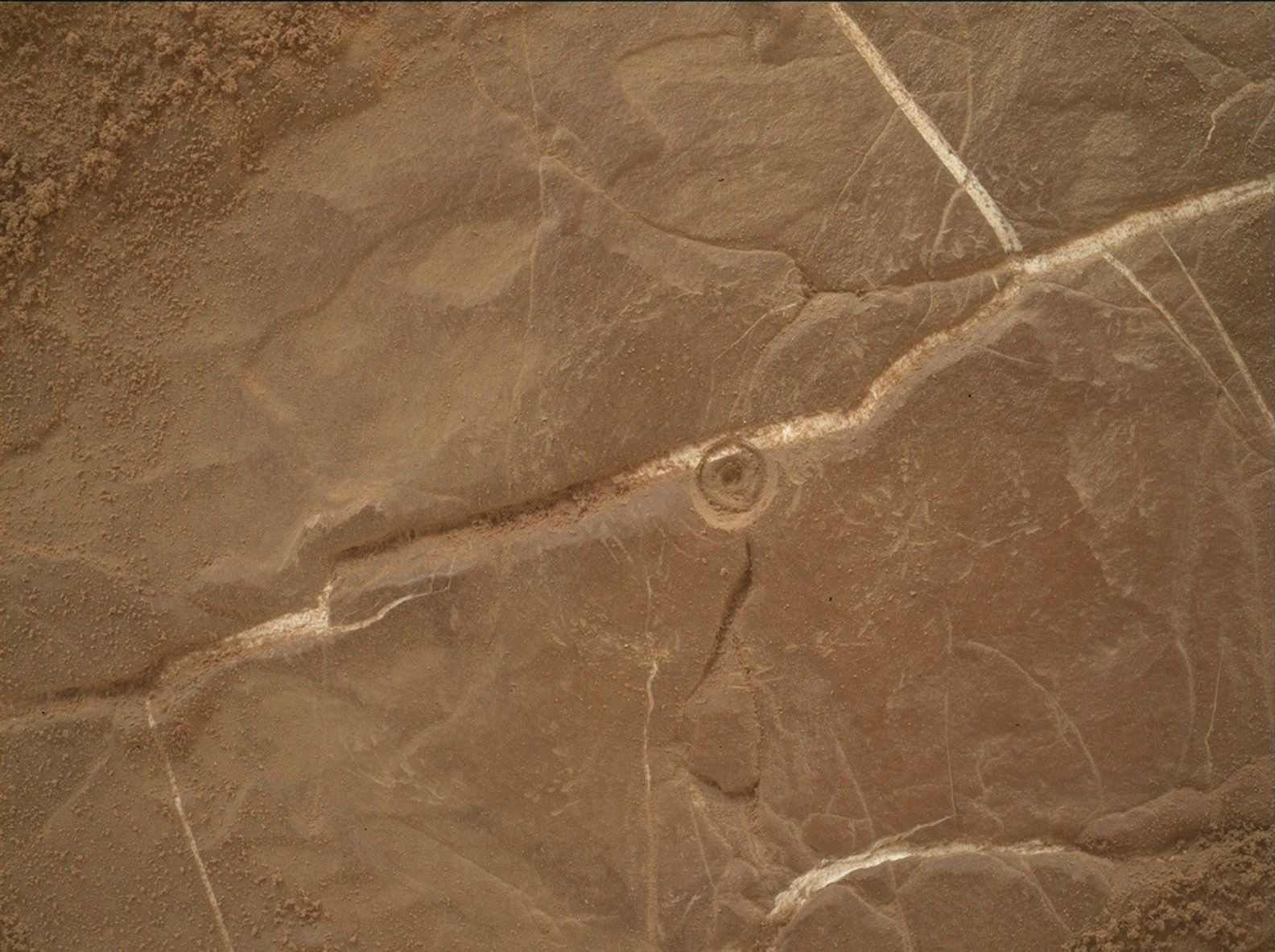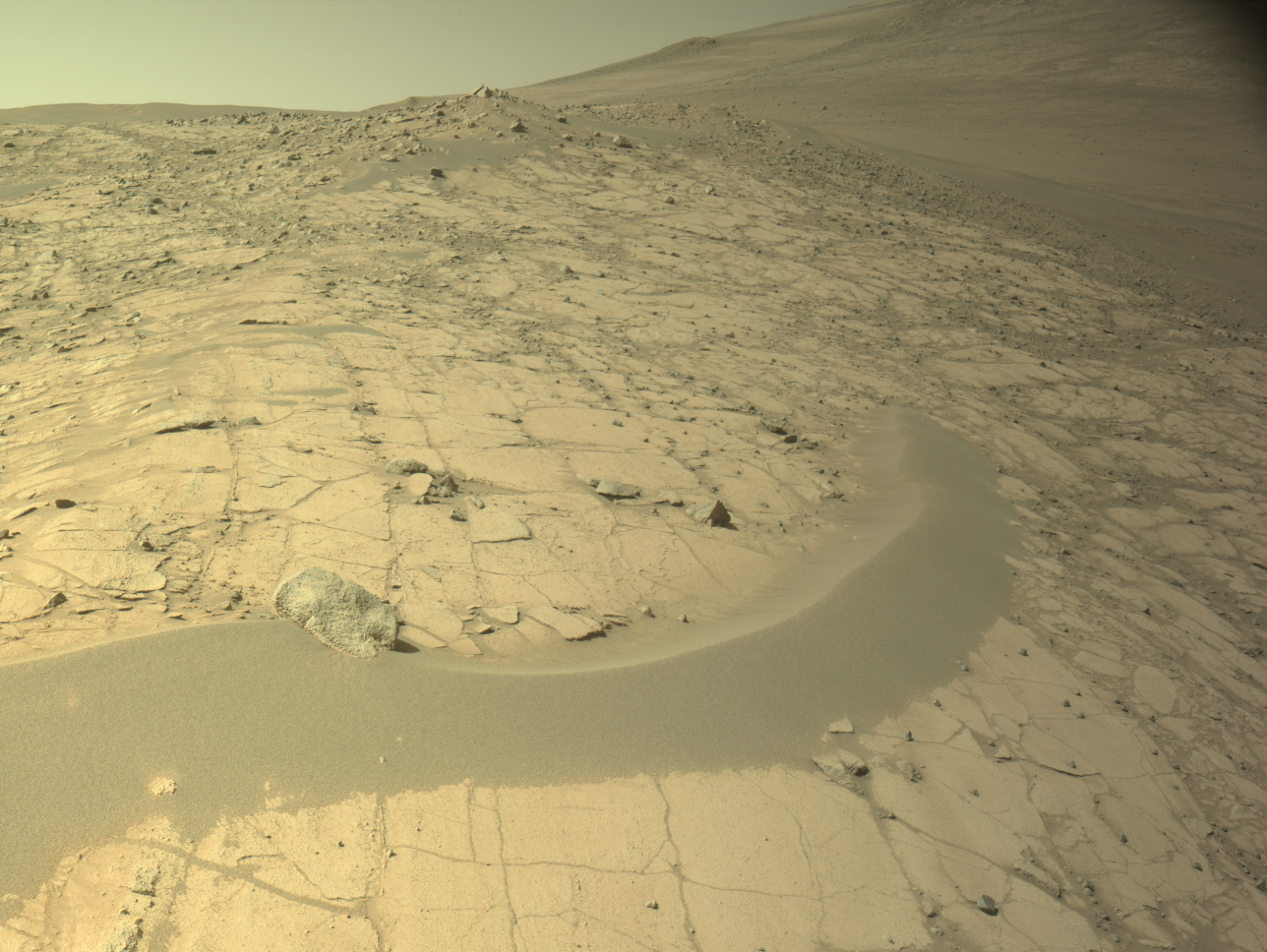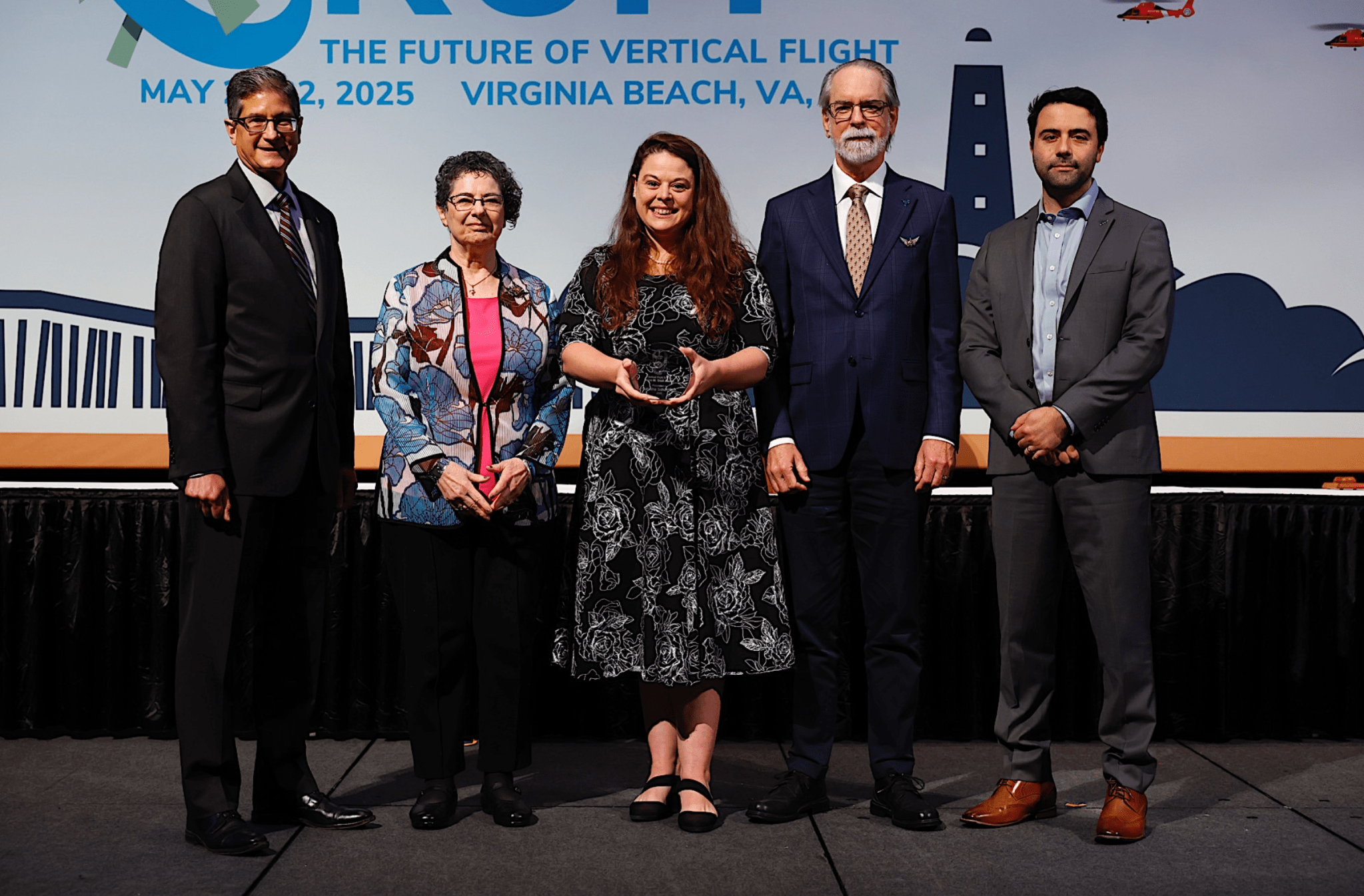Preparations for the arrival of a visiting crew, the continued study of how humans adapt to the microgravity environment of space, the service of systems on board a docked cargo ship and the documentation of European landmarks from Earth orbit kept the seven astronauts and cosmonauts on the International Space Station (ISS) busy this week (June 2 through June 6), the sixth week of Expedition 73. Orbital observation “I noticed smoke over the Northern U.S. and Canada a few days ago, and it took me a little while to understand…
Read MoreSee the moon shine with famous red star Antares in the southern sky on June 9
The waxing gibbous moon will shine close to the red star Antares in the constellation Scorpius on the night of June 9. Stargazers in the U.S. will find the moon rising higher over the southeastern horizon after sunset on June 9, with Antares shining brightly around 4 degrees to the lower left of the lunar disk. For context, your little finger held at arms length accounts for roughly 1 degree in the night sky, while your index, middle and ring fingers together amount to around 5 degrees, according to NASA.…
Read MoreChina’s Tianwen 2 spacecraft sends home 1st photo as it heads for mysterious ‘quasi-moon’ asteroid
China has released a first picture of its Tianwen 2 mission as the spacecraft heads for a near-Earth asteroid. Tianwen 2 launched on a Long March 3B rocket on May 28 and is tasked with rendezvousing with and sampling the mysterious asteroid Kamo’oalewa, which is one Earth’s seven known “quasi moons.” And the mission is proceeding well, according to a first official update. The China National Space Administration (CNSA) revealed in a June 6 statement that the spacecraft is operating well and is more than 3 million kilometers (1.86 million…
Read MoreSpaceX fires up Super Heavy booster ahead of Starship’s 10th test flight (video)
SpaceX is already gearing up for the next flight of its Starship megarocket, just a week and a half after the most recent one left the ground. The company performed a long-duration “static fire” test with Super Heavy, Starship‘s huge first-stage booster, at its Starbase site in South Texas on Friday (June 6). All 33 of Super Heavy’s Raptor engines lit up during the trial, SpaceX said in a Friday X post that shared a photo and two short videos of the action. You may like SpaceX conducts a static-fire…
Read MoreThis Week In Space podcast: Episode 164 — Goodbye NASA?
Goodbye NASA? – An Era May be Ending – YouTube Watch On On Episode 164 of This Week In Space, Rod Pyle and Tariq Malik discuss these concerning times for NASA with Casey Dreier, the Chief of Space Policy for The Planetary Society.. What a wild week it’s been for NASA. With drastic budget cuts looming — pending any action by Congress — then comes the sudden and unexpected pulling of Jared Isaacman for the role of NASA Administrator, with no replacement named. Then came the very public split between…
Read MoreIt’s been nearly a century since Chicago saw a powerful dust storm like this (photos)
In mid-May, a giant wall of dust paraded across parts of the U.S. Midwest, and, thanks to the National Oceanic and Atmospheric Administration (NOAA)’s Geostationary Operational Environmental Satellite (GOES) East satellite, we were able to follow along. In mid-May, a giant wall of dust paraded across parts of the U.S. Midwest, and, thanks to the National Oceanic and Atmospheric Administration (NOAA)’s Geostationary Operational Environmental Satellite (GOES) East satellite, we were able to follow along. The GOES-19 spacecraft, which has been in space for less than a year after launching in…
Read MoreSols 4561-4562: Prepping to Drill at Altadena
Curiosity Navigation Curiosity Home Mission Overview Where is Curiosity? Mission Updates Science Overview Instruments Highlights Exploration Goals News and Features Multimedia Curiosity Raw Images Images Videos Audio Mosaics More Resources Mars Missions Mars Sample Return Mars Perseverance Rover Mars Curiosity Rover MAVEN Mars Reconnaissance Orbiter Mars Odyssey More Mars Missions Mars Home 4 min read Sols 4561-4562: Prepping to Drill at Altadena NASA’s Mars rover Curiosity acquired this image of a recent DRT (Dust Removal Tool) site, showing off the marks created in the rocks by DRT — a motorized,…
Read MoreSearching for Ancient Rocks in the ‘Forlandet’ Flats
Explore This Section Perseverance Home Mission Overview Rover Components Mars Rock Samples Where is Perseverance? Ingenuity Mars Helicopter Mission Updates Science Overview Objectives Instruments Highlights Exploration Goals News and Features Multimedia Perseverance Raw Images Images Videos Audio More Resources Mars Missions Mars Sample Return Mars Perseverance Rover Mars Curiosity Rover MAVEN Mars Reconnaissance Orbiter Mars Odyssey More Mars Missions Mars Home 2 min read Searching for Ancient Rocks in the ‘Forlandet’ Flats NASA’s Mars Perseverance rover acquired this image of the “Fallbreen” workspace using its onboard Left Navigation Camera (Navcam).…
Read MoreDr. Natasha Schatzman Receives Vertical Flight Society (VFS) Award
Dr. Natasha Schatzman Receives Vertical Flight Society (VFS) Award The Forum 81 award was presented to Natasha Schatzman (center), with the award given by the parents of Alex Stoll, Mark and Lyn Stoll, and flanked by VFS Chair of the Board Harry Nahatis (left) and VFS Executive Director Angelo Collins (right). Source: https://gallery.vtol.org/image/AloOB. Photo Credit: Warren Liebmann In May 2025, Dr. Natasha Schatzman, aerospace engineer in the Aeromechanics Office at NASA Ames Research Center, received the inaugural Alex M. Stoll Award from the Vertical Flight Society (VFS). This award honors…
Read MoreWebb Sees Sombrero Galaxy in Near-Infrared
NASA’s James Webb Space Telescope recently imaged the Sombrero Galaxy with its NIRCam (Near-Infrared Camera), which shows dust from the galaxy’s outer ring blocking stellar light from stars within the galaxy. In the central region of the galaxy, the roughly 2,000 globular clusters, or collections of hundreds of thousands of old stars held together by gravity, glow in the near-infrared. The Sombrero Galaxy is around 30 million light-years from Earth in the constellation Virgo. From Earth, we see this galaxy nearly “edge-on,” or from the side.
Read More